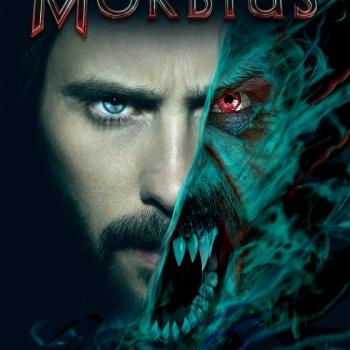Review of City Lights, Directed by Charlie Chaplin
There are two kinds of great movies. There are really old movies that were great in their day but are today museum relics admired by film snobs and nobody else, and there are the kind that people actually enjoy watching. It is the difference between Birth of a Nation (1915) and Raiders of the Lost Ark (1981). It is a rare film that was great in its day and still holds attention decades later.
Is City Lights (1931) one of them? It is, indisputably, one of the most hailed movies of all time. One of the last, and greatest, of Charlie Chaplin’s silent films, City Lights is AFI’s 11th greatest film of all time; BFI’s 50th; and (surprisingly), IMDB.com’s 34th. Roger Ebert counted it among his “Great Movies,” it has a 98 percent rating on RottenTomatoes.com, and the Library of Congress chose it for preservation on the National Film Registry for its enduring cultural legacy.
Few films earn such universal praise and, among them, City Lights is almost the oldest. Chaplin was one of the first to bring together all the technology and storytelling techniques of film to move audiences and create something timeless. The film’s reputation made me suspicious. Its fame among film snobs immediately put me on guard that this would be a fusty old thing that was famous for its impact on movie history or some innovation or other, but that would be a tiresome chore to actually watch.
In fact, City Lights is a delightful date movie. It is the story of Chaplin’s famous nameless Tramp and his romance with a blind flower girl. When he first meets her, she mistakes him for a millionaire. He spends much of the movie trying to keep up the charade of wealth (with hilarious results)—helped along by an actual millionaire who befriends him while drunk—while also trying to earn real money to pay for surgery so she can regain her sight. City Lights has one of the sweetest and most touching endings of any movie, ever.
There is an interesting juxtaposition between the girl and the millionaire. The Tramp first meets his eventual benefactor when the millionaire is in a drunken, suicidal stupor. The Tramp saves him and earns his lasting gratitude—lasting, that is, until the millionaire sobers up and kicks him out, only to later drink up and hunt the Tramp down again to go palling around. The millionaire only recognizes the Tramp while drunk, only sees him as company for his carousing and consolation for his despair.
The flower girl, by contrast, can’t physically see him and mistakes him for a wealthy man. But she sees his compassion and devotion and falls in love with him. In her blindness she manages to see the Tramp more truly than the drunken millionaire, whose wild swings of drink and sobriety blind him to the Tramp’s friendship. To see the inward person is to see most truly.
The film is full of sight gags and physical comedy. You either like this stuff or you don’t; but few can argue that no one did it better than Chaplin. My favorite: the Tramp is eating a plate of spaghetti; a long piece of string confetti hanging from the ceiling gets mixed in; Chaplin, wide-eyed, straining upwards, keeps slurping down the confetti inch after inch, unable to stop. Not all the gags still work today, but this one had me in stitches.
This is a delightful movie that deserves its reputation. It is a slight movie, not even 90 minutes long. Don’t let the fact that it is black and white, silent, and more than 80 years old blind you—if you can look past those things, you might see a wonderful movie underneath. Recommended for dates nights after a stressful week. If it doesn’t bring a smile to your face, nothing will.













